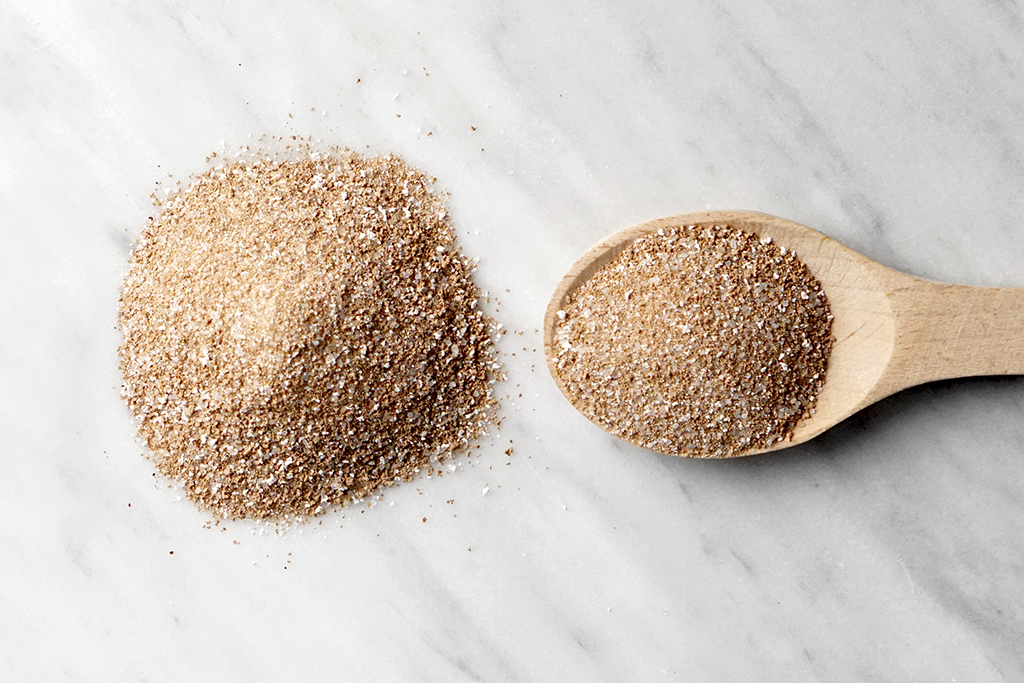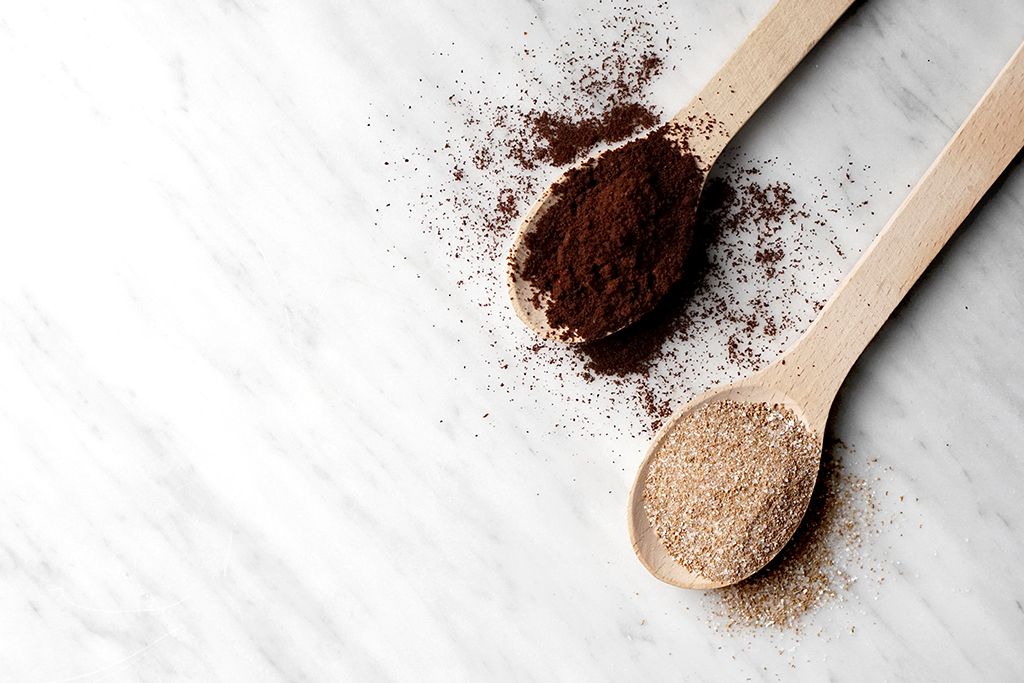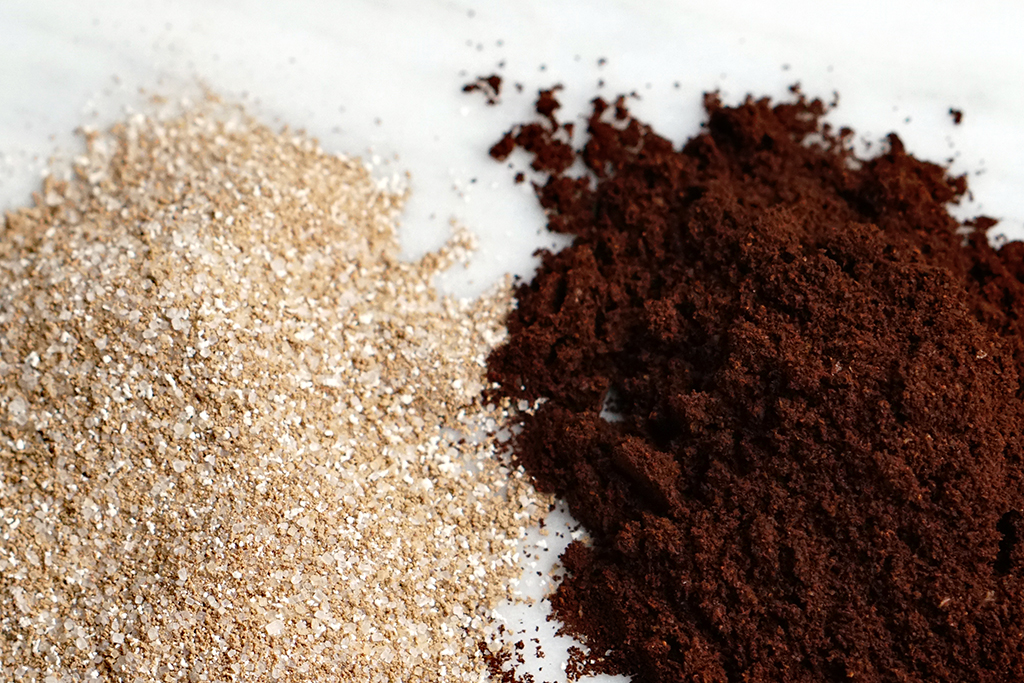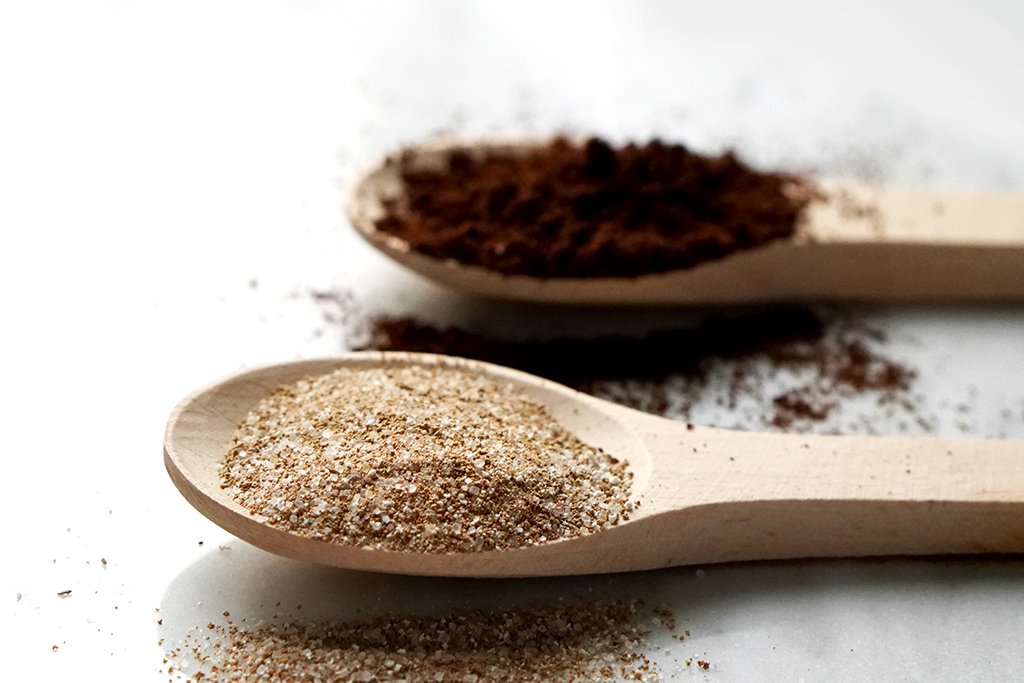3 in 1 coffee is most appreciated on vacation and camping, you can sometimes find it in slightly more ‘conservative’ workplaces or in hostels. Quick to prepare, milky and sweet. It is described by producers as ‘a unique composition of mild white coffee with sugar’, ‘a dose of optimism in perfect proportions’ and ‘a perfect proposition for everyone who starts their coffee adventure’. Available in any store, in convenient disposable sachets. But what exactly is inside and where did it come from? Is it truly such a great solution? Is it a good idea to drink 3 in 1 coffee? How does it negatively affect your body?
Instant coffee – perfect for soldiers
We wrote about instant coffee, its production and its impact on health some time ago on our blog. Invented at the end of the 19th century, it is produced from low-quality coffee beans. At first it gained special interest in the American army, which bought up most of the production during World War II to supply the soldiers stationed in the trenches with easy-to-make coffee – its packets were part of daily food rations. Some time later, the largest producers came up with the idea to make life even easier for consumers: what if we could save another precious seconds and didn’t have to add sugar or milk to the coffee by ourselves? And this is how even more ‘instant’ instant coffee was created – 3 in 1 coffee.

3 in 1 coffee, or rather sugar with coffee. And hardened palm oil
What can we find in a 3 in 1 coffee stick? Here’s an example of its ingredients:
Even if we are not experts in dietetics, we can see at first glance that this is not a healthy combination. Coffee that only contains 10% of coffee (instant coffee!)? In addition, sugar is the first on the list, right before glucose syrup…
Coffee content in 3 in 1 coffee
When it comes to the impact of instant coffee on our health, you should definitely remember that it is a highly processed product. Compared to freshly roasted coffee, it also has lower stimulating properties and significantly reduces the absorption of iron. The 3 in 1 coffee sachet contains on average 10% of coffee in coffee. What is the conclusion? 3 in 1 coffee will not stimulate you – instant coffee already has less caffeine than freshly roasted coffee, so what can you say about a drink that contains only 10% of it? It is worth mentioning that even producers are aware of how little their product has to do with coffee – they put the words “coffee drink” on the packaging.

Sugar and other sugar, the basis of the 3 in 1 coffee composition
The two substances with the greatest share in the composition of this drink are sugar and glucose syrup. We should pay particular attention to the presence of glucose syrup. It is a mixture of glucose (approx. 80%) and low-molecular weight polysaccharides (approx. 20%). It’s made from starch of various origin, most often wheat, potatoes or corn. Due to the very high digestibility of the sugars it contains, it causes a very rapid increase in blood sugar levels. It should not be confused with glucose-fructose syrup – they are two different substances with different effects on the human body. Sugar and glucose syrup, consumed in rational amounts, are not harmful to health. However, both are classified as simple sugars which, according to WHO (World Health Organization) recommendations, should not exceed 10% of the daily calorie intake. Isn’t it better to drink coffee without sugar or sweeten it by yourself, controlling the amount of sugar?

Palm oil in its worst form
What’s next? The third spot in the composition of 3 in 1 coffee is taken by harmful, hardened palm oil – it’s the main ingredient of powdered cream. There are several forms of palm oil used in the food industry, and they’re harmful to health in varying degrees, but here we are dealing with its worst form – hydrogenated fat. Hydrogenation leads to the formation of trans fatty acids in the oil structure. They have a proven negative effect on health, contributing to the risk of cardiovascular disease, an increase in LDL cholesterol (‘bad cholesterol’) and a reduction in HDL (‘good cholesterol’) levels.
The remaining (un)necessary substances
In addition to the substances described above, the 3 in 1 coffee drink also contains acidity regulators – E331, E340, E452 – milk proteins, salt, emulsifiers – E471 and E472e – and flavoring. All of them are aimed at improving the consistency, durability and taste of the product. What is behind these mysterious abbreviations? E331 is sodium citrate, E471 and E472 are mono- and diglycerides of fatty acids, and E452 are polyphosphates; all four substances are considered safe for health. E340, on the other hand, stands for potassium phosphates, which, in excess, may have an adverse effect on the body. Isn’t it better to drink a traditional coffee that does not need chemical additives to improve its taste?
Is drinking 3 in 1 coffee a good idea?
Undoubtedly, the great advantage of 3 in 1 coffee is the simplicity of its preparation, just like in the case of instant coffee. However, its numerous disadvantages deserve attention: a very low content of poor-quality coffee – i.e. negligible stimulant properties, high sugar content, the presence of hardened palm oil and a number of additional substances, which are not completely indifferent to our body. So, unless you’re a soldier, we recommend drinking freshly roasted coffee. 3 in 1 coffee drink can be harmful – especially in large amounts.

And if you actually are a soldier or just need simple solutions, we recommend Bagdrips! A healthier alternative closer to specialty coffee. Bagdrip is coffee and a special disposable filter packed in a small sachet. Inside, there are top-quality, freshly roasted and ground beans from plantations around the world. A cup and hot water – that’s all you need to get 185 ml of delicious filter coffee. It’s perfect for camping or traveling. If you want to take it one step further, make sure you check out post about Cafflano Klassic and Cafflano Go-Brew – smart devices for quality coffee on the road.
Sources:
www.medonet.pl/zdrowie,syrop-glukozowy—czym-jest-i-co-warto-o-nim-wiedziec-,artykul,1731415.html)
www.ncez.pl/abc-zywienia-/fakty-i-mity/tluszcz-palmowy—–mity-i-fakty,
www.ncez.pl/abc-zywienia-/co-kryje-etykieta/izomery-trans—–warto-wiedziec
www.ncez.pl/abc-zywienia-/co-kryje-etykieta/olej-palmowy-w-produktach-zywnosciowych—polecany-czy-niewskazany-
www.vitalia.pl/mid/90/fid/1046/diety/odchudzanie/dodatki_chemiczne/emulgatory/reset/1








